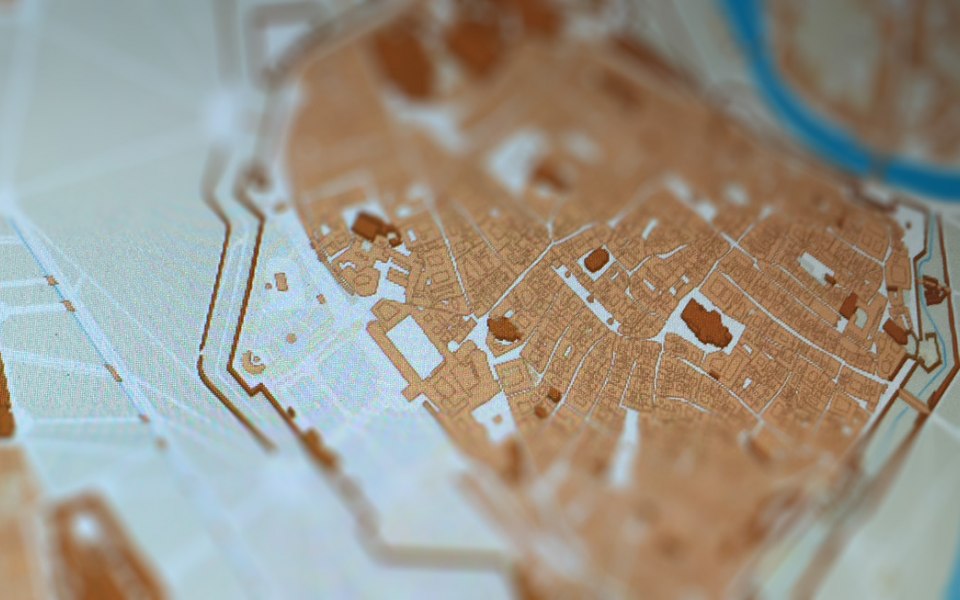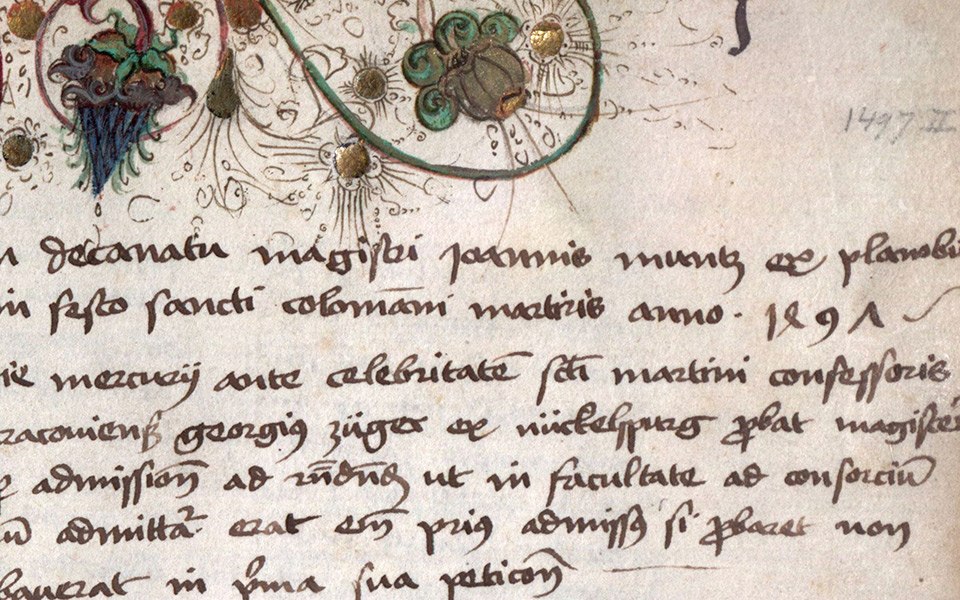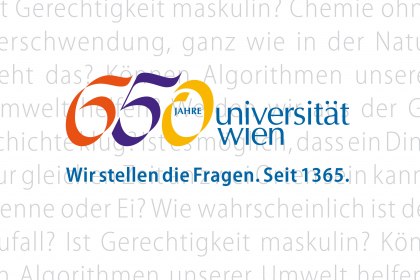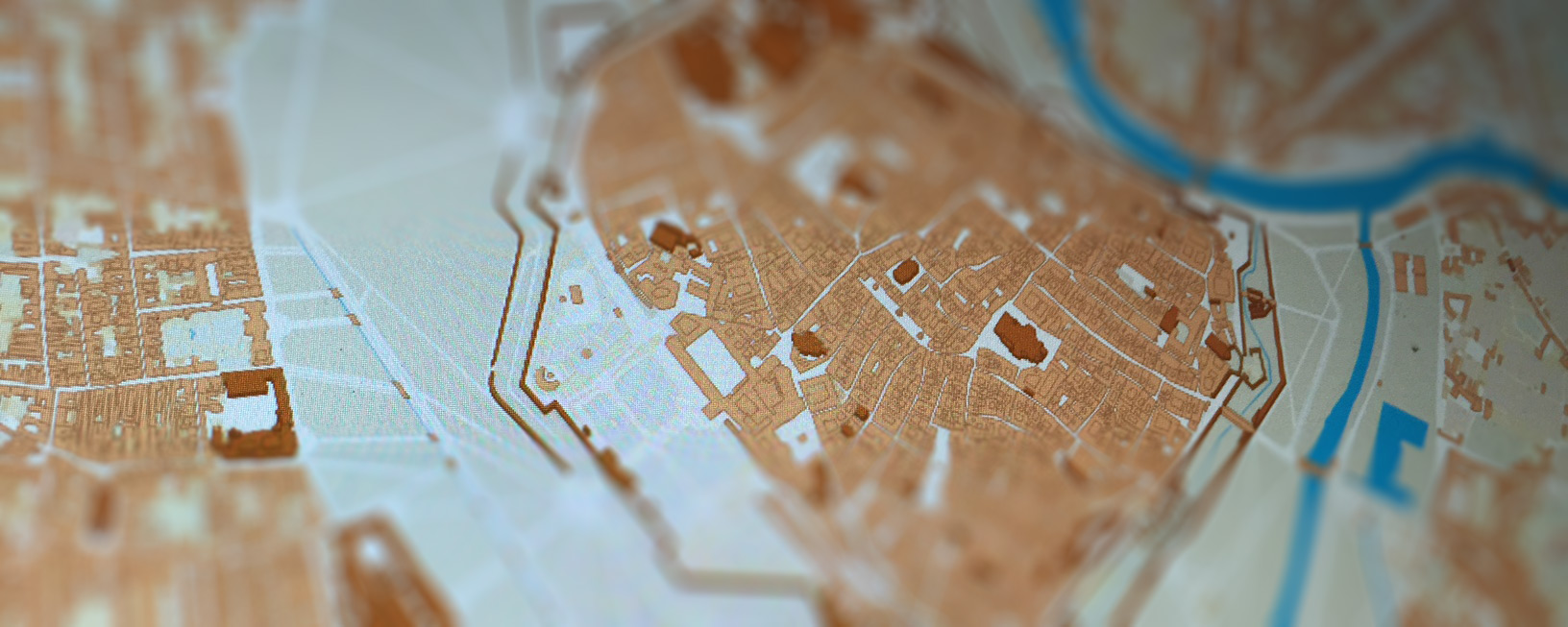Welcome to the website dedicated to the 650 years of University of Vienna history.
This history is presented through varied approaches via hypertextually connected content.
Topical access allows comprehensive insights with over 70 topics and articles in English.
Temporal and spatial references can be found on the interactive timeline and map.
Current topic
170th birthday of Franz Klein
The Legal scholar Franz Klein was born in Vienna on 24 April 1854.
Klein studied law and political science at the University of Vienna, qualified as a professor of Austrian civil procedure law in 1885 and was also authorized to teach Roman law in 1891.
In 1891, Klein was appointed to the Ministry of Justice, where he was entrusted with drafting a reform of civil procedure. With his code of civil procedure (Zivilprozessordnung, ZPO) 1895, a modern and needs-oriented code of procedure was created in Austria, which attracted much attention and was copied abroad.
Klein served as Minister of Justice from 1906 to 1908 and again in 1916. In 1919, he was a member of the peace delegation for the negotiations in St. Germain.
Franz Klein's name was added to the Faculty's plaque of honor; since 1937, a monument in the Arkadenhof (arcaded courtyard) also commemorates him.
Interested?
Seven main topics
Persons
Images
The display depot offers an image-oriented approach to the website’s contents.
You can research in it with the help of filter and search functions.
Buildings
This category includes important historical and current university buildings with brief information on each building’s history.
These can be located on historic and current maps of Vienna and can be contextualized with the help of additional texts via links within the website.








